Emeralds have captivated the hearts of enthusiasts and collectors for centuries, but understanding their market value can seem as complex as their enchanting hues. From the deep allure of Colombian emeralds to the choice between natural and lab-grown varieties, the factors influencing emerald prices are as diverse as they are fascinating. Whether you’re investing in emeralds for their potential appreciation or simply seeking a timeless piece to add to your collection, knowing what affects their cost and value is crucial. This guide will navigate you through the intricacies of buying emeralds online, highlighting the importance of authenticity and ethical sourcing. Join us as we explore the world of emeralds, offering insights on caring for these precious gems and ensuring your purchase is a wise and informed one. Explore Our Exclusive Emerald Collection Now
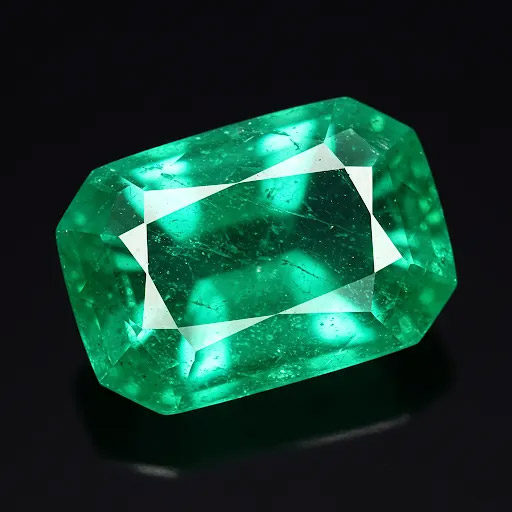
Unlike some gemstones where price per carat remains relatively stable, emerald prices often increase non-linearly with size due to rarity—larger stones with high quality are exponentially rarer and more valuable. Below, the chart include price ranges per carat for different carat sizes (0.5 ct, 1 ct, 3 ct, 5 ct, and 10 ct) across the same quality tiers. These are still estimates for untreated, natural emeralds as of March 1, 2025, based on market trends and adjusted for size premiums.
Here’s how the price might change (these are illustrative values, not market prices):
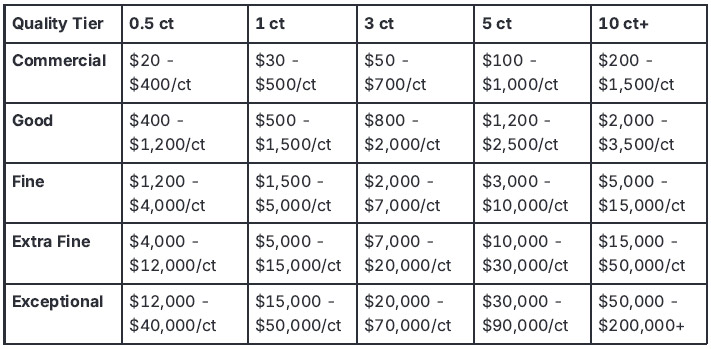
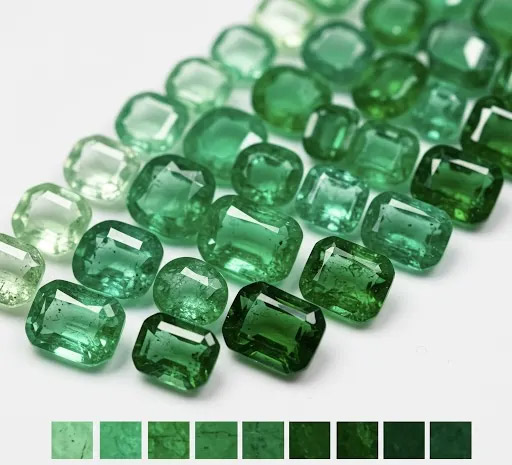
Detailed Explanation by Carat Size:
- 0.5 Carat: Smaller emeralds are more common, so prices per carat are slightly lower than for 1 ct stones. High-quality small stones (Extra Fine/Exceptional) still fetch premiums but lack the rarity multiplier of larger sizes.
- Example: A 0.5 ct Exceptional Colombian emerald might be $20,000/ct ($10,000 total), while a Commercial one is $200/ct ($100 total).
- 1 Carat: The baseline size for pricing in the gem trade. This is where quality differences become more pronounced.
- Example: A 1 ct Extra Fine Zambian emerald might be $8,000/ct ($8,000 total).
- 3 Carat: At this size, rarity increases, and prices per carat rise noticeably, especially for Fine and above. Inclusions become harder to hide, so clarity drives value.
- Example: A 3 ct Fine Colombian emerald might be $5,000/ct ($15,000 total).
- 5 Carat: A significant jump in value occurs here, as 5 ct gem-quality emeralds are scarce. Exceptional stones at this size are museum-worthy and command top dollar.
- • Example: A 5 ct Exceptional untreated Colombian emerald could be $80,000/ct ($400,000 total).
- 10 Carat Emerald: Extremely rare in high quality. Prices soar due to demand from collectors and investors. Only top origins (e.g., Colombia) typically reach this size in Exceptional quality.For a stunning range of emeralds, in all size, click here.
- • Example: A 10 ct Exceptional Muzo emerald might hit $150,000/ct ($1.5 million total).
Factors Influencing Price by Size:
- Rarity Premium: Larger emeralds (3 ct+) with Fine or better quality are exponentially rarer, increasing the price per carat. For example, a 10 ct Exceptional emerald might be 10-20 times rarer than a 1 ct stone of the same quality.
- Clarity Challenges: Larger stones often reveal more inclusions, so eye-clean specimens in 5 ct+ sizes command massive premiums.
- Origin Impact: Colombian emeralds maintain a stronger size premium (e.g., a 5 ct Colombian Extra Fine might be $25,000/ct, while a Zambian one is $15,000/ct).
- Treatment: Untreated stones scale higher with size. Treated stones might cap out at lower ranges (e.g., a 5 ct treated Exceptional might be $20,000/ct instead of $30,000-$100,000).
Total Price Examples:
- Commercial, 3 ct: $50-$700/ct → $150-$2,500 total.
- Good, 5 ct: $1,200-$2,500/ct → $6,000-$12,500 total.
- Fine, 10 ct: $5,000-$15,000/ct → $50,000-$150,000 total.
- Extra Fine, 5 ct: $10,000-$30,000/ct → $50,000-$150,000 total.
- Exceptional, 10 ct: $50,000-$200,000+/ct → $500,000-$2M+ total.
Caveats:
- These are broad ranges; actual prices depend on specific stones (e.g., exact color, clarity, certification like GIA, Gübelin).
- Market fluctuations, supply chain issues, or new mine discoveries could shift prices slightly from time to time.
- For real-time precision, check current auctions (e.g., Sotheby’s).
- For more expert guidance and to explore a stunning range of emeralds, click here.
What to notice:
- Exponential, not linear: The price doesn’t just double when the carat doubles. It jumps much higher, especially in the “Exceptional” category.
- Quality impact: At every carat weight, the “Exceptional” emerald is significantly pricier than “Good” or “Fair”.
- Simplified: Real-world pricing is more complex, with subtle color and clarity grades affecting value.
Key Factors Affecting Emerald Prices
Emerald prices are influenced by several critical factors that determine their overall value. Understanding these elements can guide buyers in making informed decisions. From color and clarity to carat weight and origin, each factor plays a vital role.
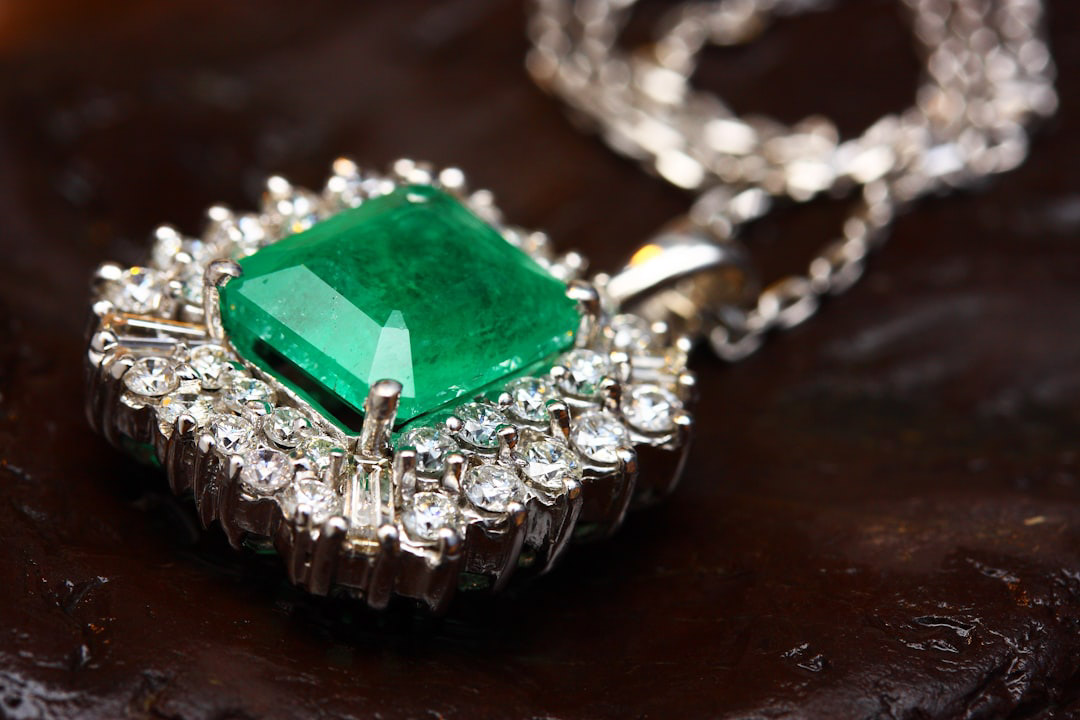
Importance of Color and Clarity
The vibrant green hue of an emerald is its most defining characteristic. Emerald color can range from bluish-green to yellowish-green, with pure, intense colors commanding higher prices. Clarity is equally crucial, as most emeralds have inclusions, often called “jardin,” which can affect transparency.
- Deep green emeralds with minimal yellow or blue undertones are considered the most desirable.
- The presence of inclusions is typical, but fewer and less visible inclusions increase an emerald’s value.
- According to Salomon Gems, color can affect up to 50% of the stone’s total value.
Influence of Origin on Value
The origin of an emerald can be a decisive factor in its valuation. Colombian emeralds, for instance, are renowned for their exceptional color and clarity, commanding premium prices.
- Colombian stones are valued for their rich, vivid green colors.
- Origin verification is crucial, as it can confirm authenticity and enhance value.
Impact of Different Origins on Emerald Pricing
The origin of an emerald significantly influences its pricing due to variations in quality, color, and historical significance. Here’s how different origins can affect an emerald’s value:
- Colombia: Renowned for producing some of the world’s finest emeralds, Colombian stones are highly coveted. They are known for their deep, vivid green color and superior clarity, often commanding the highest prices in the market.
- Brazil: Brazilian emeralds t
- Zambia: Zambian emeralds often exhibit a darker green color with a bluish tint. They are gaining respect in the market for their unique color profile and can be priced significantly based on quality and clarity.
- Afghanistan and Pakistan: These regions produce emeralds with a rich green color similar to Colombian stones but often contain more inclusions. Pricing can be competitive depending on individual gem quality.
end to have a lighter green hue compared to Colombian ones, sometimes with a slight yellowish tint. While they are usually less expensive, high-quality Brazilian emeralds can still be quite valuable.
Here’s a simplified chart illustrating the relative pricing based on origin:

Understanding the origin of an emerald provides valuable insight into its potential value and should be a key consideration when making a purchase. For more expert guidance and to
explore a stunning range of emeralds, click here.
Spotting Fake Emeralds Online
Identifying counterfeit emeralds can be challenging without expert knowledge. However, there are key indicators to watch for:
- Color uniformity: Natural emeralds have slight variations in color and inclusions.
- Price too good to be true: Extremely low prices can indicate fake stones.
- Use of a jeweler’s loupe: This tool can help spot inclusions or irregularities. Additionally, ask for certification or ensure you purchase from a reputable seller to guarantee authenticity.
Importance of Certifications
Certifications provide an unbiased assessment of an emerald’s quality, ensuring buyers of its authenticity and value.
- Certificates should include: color, clarity, carat weight, and origin.
- Reputable labs: Certifications from reputable labs such as Gübelin, SSEF, GRS, GIA, Guild, Lotus Gemology, and Bulephron provide an extra layer of confidence in the authenticity and value of emeralds.
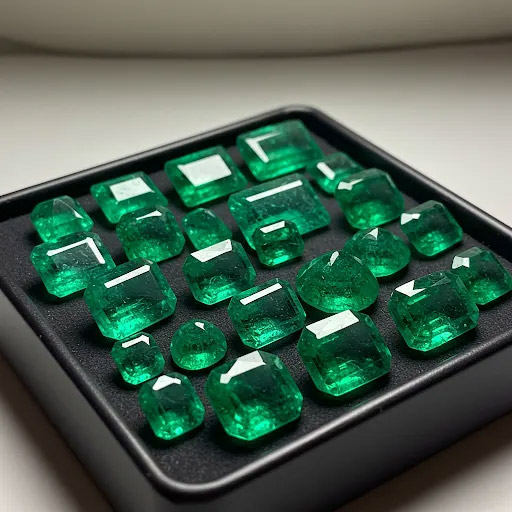
Colombian Emeralds: The Gold Standard
Colombian emeralds are not only the epitome of elegance and beauty but also a sound investment. Their superior quality and remarkable color depth make them highly desirable in the global market. The geological conditions in Colombia yield emeralds with unmatched clarity and vibrant green hues, setting a benchmark for emerald quality worldwide. Because of their rarity and historical significance, Colombian emeralds maintain and often appreciate in value over time, embodying both an exquisite gem and a reliable financial asset. Embrace the opportunity to own these magnificent stones. Discover Our Premium Colombian Emeralds
Unique Qualities of Colombian Emeralds
Colombian emeralds are celebrated for their exceptional color and clarity. These gems exhibit a deep bluish-green hue, distinguishing them from other origins.
- Hydrothermal formation creates unique structures and colors.
- Their clarity often surpasses that of emeralds from other regions.
Why Colombian Emeralds Command a Premium
The premium status of Colombian emeralds is due to their unparalleled beauty and historical significance.
- Record auction prices are often achieved by Colombian emeralds.
- Their historical mining sites, like Muzo and Chivor, add historical and geological value.
Discover more about why these emeralds are so highly prized by visiting our page, and seize the opportunity to own a truly remarkable piece. Visit our collection today!

Differences in Composition and Value
Natural emeralds and lab-grown ones differ fundamentally in formation and value.
- Natural emeralds are formed over millions of years, with unique inclusions and color variations.
- Lab-grown emeralds are created in controlled environments, often exhibiting fewer inclusions. While lab-grown emeralds offer affordability, natural stones maintain higher market value.




